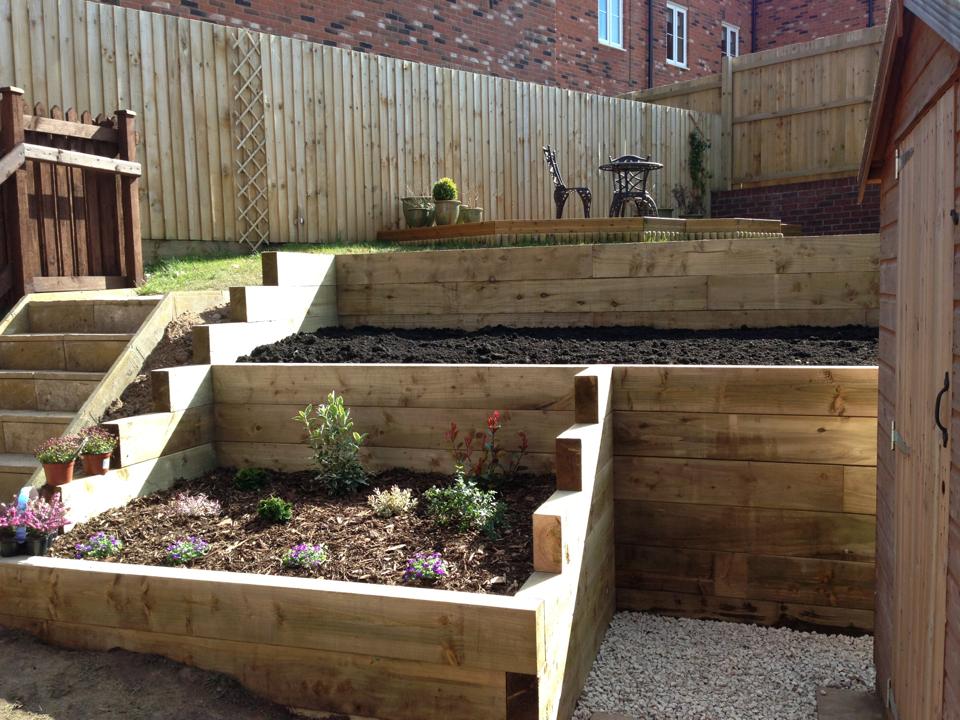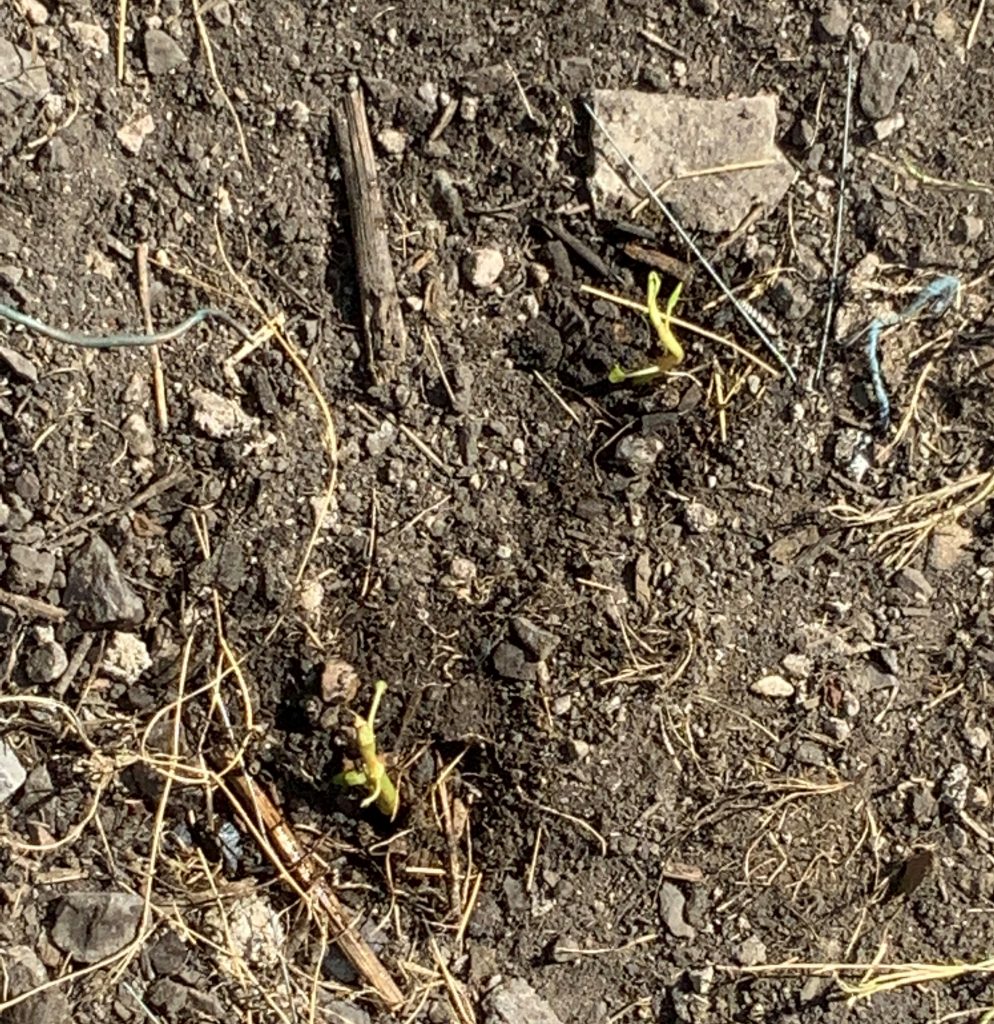What Does a Soil Test Tell You?
You may have had a soil test to identify what you need to do to make your plants thrive. Alternatively, you may have had one as a requirement of a planning application. Whatever your reason, the resulting report can be complicated and confusing. So, what does a soil test tell you?
Basically, a soil test measures the health and the fertility of the soil. To do this, it measures the pH level of the soil and the nutrients.

What does the pH of the soil tell you?
The pH of the soil indicates its acidity. Using this, you can identify whether you need to increase or decrease the soil’s acidity in accordance with the type of plants you want to plant. Usually, plants like middle ranged acidity – somewhere between 6.0 to 7.0. Alternatively, some plants like the acidity to be a bit higher.
Depending upon the plants you are planting and the existing acidity of the soil, you can take different actions. To increase the acidity of the soil you can add lime, or to decrease the soil you can add sulphur. Your soil test results will make recommendations to help you to decide which action is best to take.
What do the nutrient levels tell you?
The three most important nutrients for plants are nitrogen, phosphorus and potassium. Whereas nitrogen is very difficult to measure by soil testing, there are other approaches that can be taken. A soil test will identify how much organic matter is present in your soil. Organic matter contains nitrogen and is, therefore, considered to have the potential to release nitrogen into the soil. Soil tests will incorporate the level of organic matter present in the soil into their score against nitrogen.
 Phosphorus is an essential nutrient for plants growth, helping photosynthesis and improving the plants overall vigor. Having a phosphorus deficiency will result in the plant experiencing stunted growth. Once a phosphorus deficiency has taken hold, the plants can become a dark blue-green colour or purple colour. At this point it will be difficult to save the plant. To increase phosphorus levels within your soil you can scatter bone meal into your soil.
Phosphorus is an essential nutrient for plants growth, helping photosynthesis and improving the plants overall vigor. Having a phosphorus deficiency will result in the plant experiencing stunted growth. Once a phosphorus deficiency has taken hold, the plants can become a dark blue-green colour or purple colour. At this point it will be difficult to save the plant. To increase phosphorus levels within your soil you can scatter bone meal into your soil.
Similar to phosphorus, potassium also helps with photosynthesis but is associated with the movement of water and nutrients within the plant. A potassium deficiency can result in brown scorching and curling of leaves, as well as stunted growth. Instead of applying bone meal in this case, kelp meal will help with potassium deficiency.
In addition to nitrogen, phosphorus and potassium, a soil test will also test for calcium and magnesium. Both of these are also important nutrients for a plant and not having enough of these nutrients can be detrimental to the growth of a plant. Again, lime can be used to increase the calcium levels in your soil and dolomitic limestone will help increase the levels of magnesium.
Finally, a soil test will also test for lead in your soil, indicating whether it is potentially harmful. You may find that older homes (the type that have lead paint) or old factory sites are more likely to have high lead levels in the soil. There have been a range of theories regarding the treatment of lead within soil, the most recent of which is to treat the soil with phosphate, organic matter and limestone.
Contact Us Today
ProHort Ltd provide a comprehensive soil test and analysis service, whether it is for farmland or construction works. Check out our soil test service page for more information.
